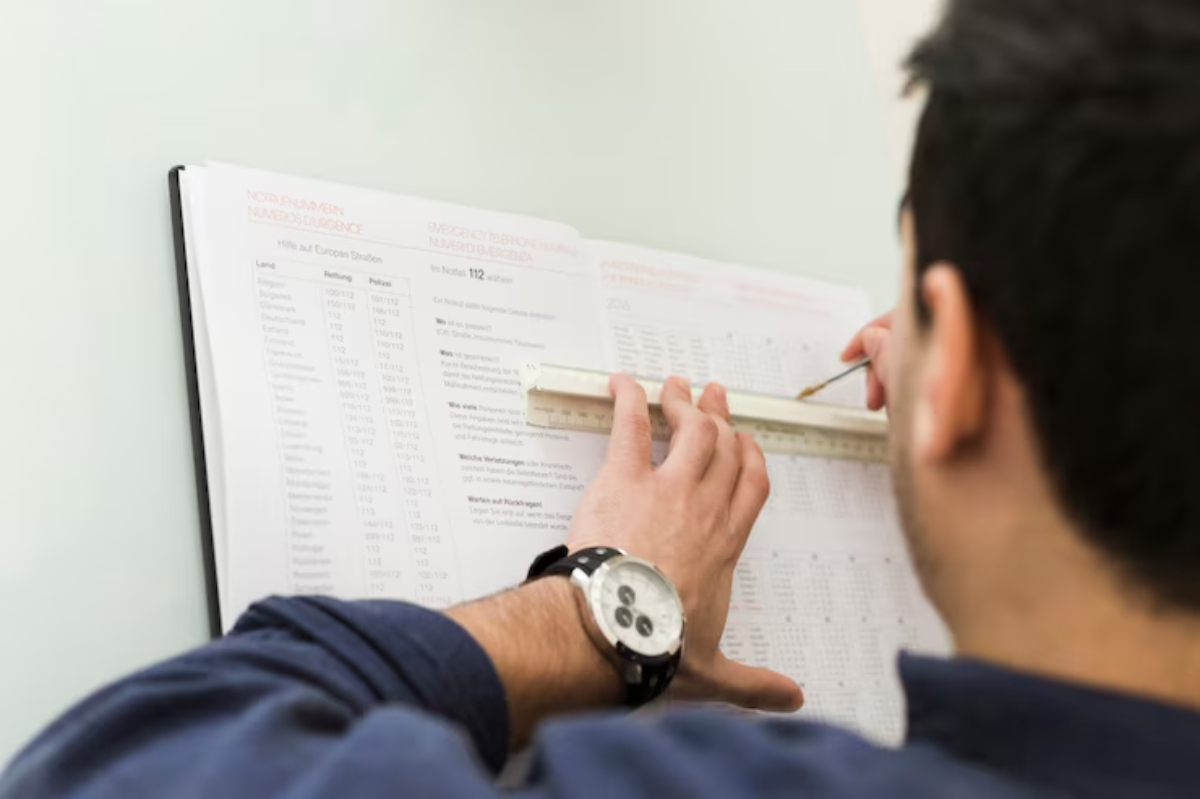
How to Combine Time Blocking with Daily Journaling for Maximum Productivity
Two Powerful Habits—One Life-Changing System
Imagine waking up each morning with clear priorities and ending the day knowing exactly where your time went. Sounds like a productivity dream, right?
By combining time blocking with daily journaling, you can create a schedule that not only plans your day—but reflects on it too. This integrated approach to productivity boosts focus, reduces stress, and helps you track progress on your goals in a meaningful way.
Whether you’re a busy professional, student, or parent balancing multiple roles, this system can help you stay intentional with your time and connected to your purpose.
Understanding the Core: Why Combine Time Blocking with Journaling?
Time blocking helps you plan what to do and when to do it. Journaling helps you understand why you’re doing it, how it’s going, and what you might need to improve.
Together, these two methods create a daily planning system that supports both structure and self-awareness.
Benefits of This Hybrid Approach:
- More mindful scheduling: You prioritise what matters, not just what’s urgent.
- Greater emotional clarity: Journaling uncovers hidden stressors or patterns.
- Stronger habit-building: You can reflect on consistency and setbacks.
- Improved focus: You’re not just busy—you’re aligned with your goals.
Research shows that journaling improves mental clarity, while time blocking enhances task execution. Combined, they foster both insight and action.

Quick Reference: How to Combine Time Blocking with Journaling
- Use morning journaling to set intentions.
- Create your time blocks for the day.
- Add micro-reflection blocks throughout your schedule.
- End your day with a journaling review.
- Track patterns and adjust future time blocks accordingly.
Step-by-Step Guide: Building the Daily Routine
1. Morning Journaling (5–10 Minutes)
Start your day by checking in with yourself. You can write in a notebook or a digital journal.
Morning prompts to try:
- What are my top 3 priorities today?
- How do I want to feel today?
- What challenges might come up, and how will I handle them?
Pro Tip: This helps centre your time blocks around your energy, mindset, and purpose.
2. Plan Your Time Blocks
Using your journal entries, open your calendar or planner and assign dedicated blocks for:
- Work or deep-focus tasks
- Meetings or appointments
- Breaks, exercise, meals
- Personal time or creative work
Secret Tip: Anchor your time blocks to your priorities set in your journal.
3. Insert Micro Reflection Slots (2–5 Minutes)
Add small journaling check-ins during lunch or between tasks.
Try asking:
- What’s working well right now?
- What’s draining me?
- What should I focus on next?
This keeps your mind engaged and prevents you from drifting.
4. End-of-Day Journaling (5–10 Minutes)
Wrap up your day by reflecting on:
- What did I accomplish?
- What did I learn?
- What will I change tomorrow?
Important: Pair this with a short gratitude list to boost positivity and resilience.

5. Weekly Review & Adjustments
Every Sunday, review your journal and time blocks. Identify trends:
- Where did you under- or overschedule?
- Which activities felt meaningful vs. draining?
- What personal insights emerged?
Use this info to optimise the coming week’s time blocks.
Things to Remember
Choose the Right Journaling Tool
- Paper: Great for reflection and mindfulness
- Digital apps (e.g. Day One, Journey): Better for on-the-go notes or searchable entries
- Bullet journals: Ideal if you like visual, creative formats
Don’t Skip Reflection
Time blocking without reflection becomes rigid. Journaling without scheduling leads to aimlessness. You need both.
Use Visual Cues
Highlight or colour-code time blocks that tie to journaling insights (e.g. green = energising, red = draining).
Best Practices & Additional Insights
Align Your Journaling Schedule with Your Energy Levels
If you’re sharp in the morning, reflect deeply then. If you’re more introspective at night, do your deep dive before bed.
Keep It Simple to Stay Consistent
Use a 1-page per day layout:
- Morning prompt
- Time block grid or timeline
- Evening reflection
A consistent format will build habit strength over time.
Use Your Journal to Debrief Big Goals
When time blocking for major goals, your journal becomes a log of:
- What worked
- What slowed you down
- What you need next
Related reading: How to Use Time Blocking for Goal Achievement
FAQs: Daily Journaling + Time Blocking
Do I need a special journal for this?
No! A notebook or Google Doc will do. However, some prefer hybrid planners like Full Focus Planner or bullet journals.
What if I miss a day?
That’s okay—consistency matters more than perfection. Pick it back up the next morning.
How long should I journal each day?
Aim for 5–10 minutes in the morning and evening. You can always write more if you like.
Can I use time blocking without journaling?
Yes, but journaling adds valuable clarity and accountability, especially when pursuing personal growth or emotional balance.
How do I journal if I don’t know what to write?
Use simple prompts like “What do I need today?” or “What would make today successful?” to guide your thoughts.
Can I journal directly in my digital calendar?
Yes! Many tools like Google Calendar, Notion, or Sunsama allow you to add notes or reflections directly inside calendar events.
Should my journal entries match my time blocks exactly?
Not always. Your journal is for reflection—it’s okay if it captures insights or emotions that your schedule doesn’t directly reflect.
What if I feel like journaling takes too long?
Start with just one sentence in the morning and one at night. Over time, you’ll build a habit that naturally deepens.
Can this system help with burnout or overwhelm?
Absolutely. Journaling surfaces early signs of burnout, and time blocking helps you reallocate time for rest and recovery.
Conclusion: Build a Life That Reflects Who You Are
Your time shows what you value. Journaling shows what you feel. Together, they form a powerful system that helps you live intentionally and track your growth.
Start tomorrow: Spend 5 minutes journaling, then block out 3 hours of your day based on what matters most. You’ll feel the shift instantly.


